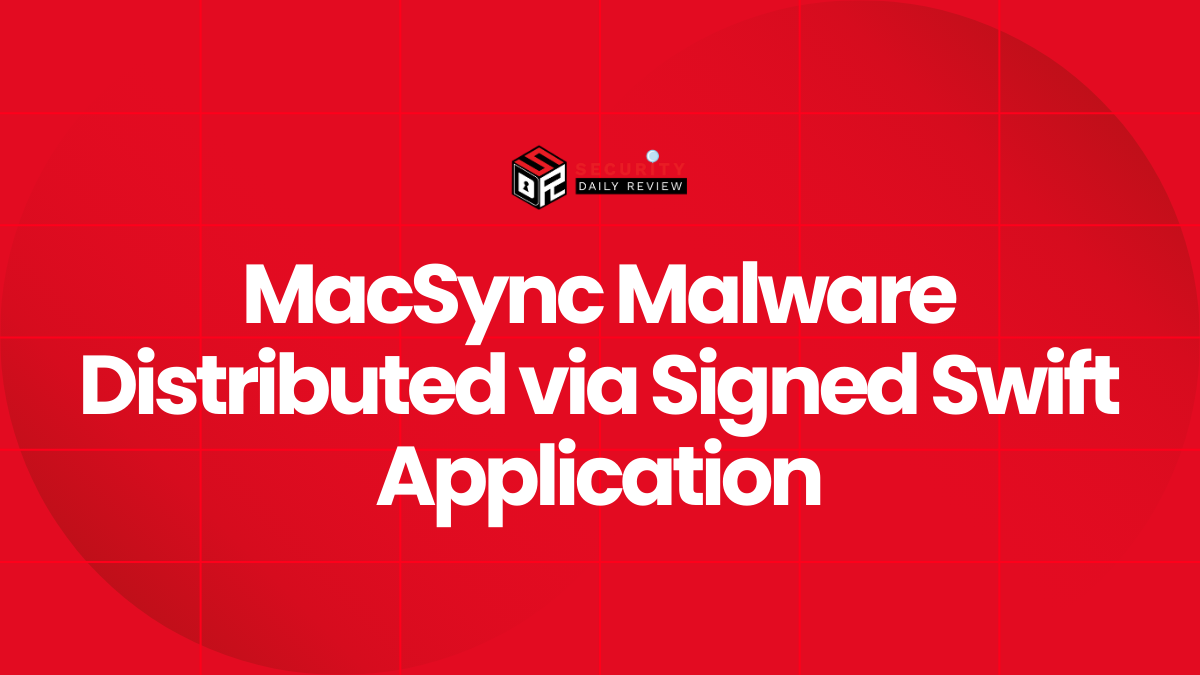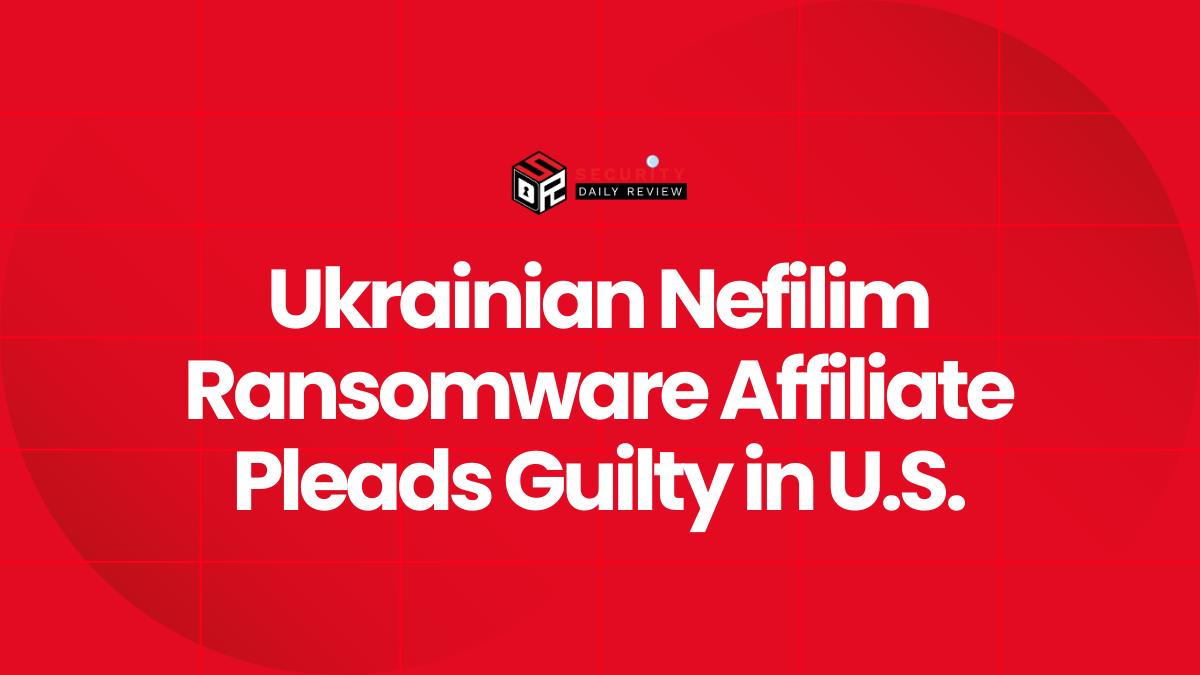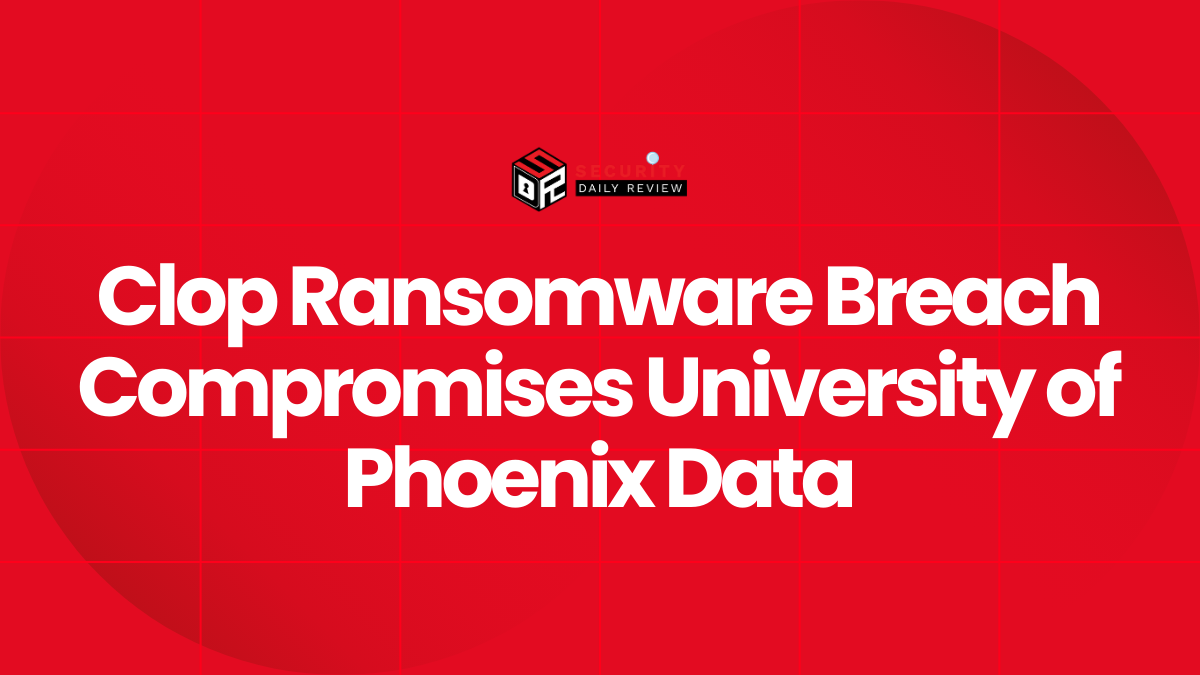Cloud native application security has become a central concern as organizations race to embrace the flexibility and scalability of cloud technologies. But there’s a catch: the very aspects that make cloud-native applications powerful – containers, microservices, dynamic infrastructure – introduce unique security challenges compared to traditional monolithic deployments.
This distributed landscape, constantly in flux, demands a robust security approach. This article will equip both development and security teams with the top best practices for cloud native security.
We’ll explore strategies across different layers, empowering you to achieve the perfect balance: leveraging the full benefits of cloud technologies while maintaining ironclad security.
What is Cloud Native Security?
Cloud native security involves taking a systematic approach to secure applications developed using cloud native technologies and principles. It incorporates security practices directly into the cloud native application development cycle to address changes in infrastructure, teams, and processes when building for the cloud.
Cloud native security aims to address these challenges by integrating security directly into the development lifecycle of cloud native applications. It takes a “shift left” approach where security is considered from the beginning, during application design and coding, rather than as an afterthought.
At the same time, operational security tools ensure the overall application architecture, deployment, and day-to-day management follow cloud native principles and best practices. This integrated approach is necessary to cope with the changes inherent in cloud native development, such as dynamic infrastructure configurations, new teams and processes, and a rapid DevOps software delivery model.
Some key aspects of cloud native security include:
- Identity and access management for flexible user/service authentication across infrastructure components
- Encryption and key management to protect data in transit and at rest
- Vulnerability management to address dynamically changing infrastructure and dependencies
- Logging/monitoring for increased visibility, and integration of security testing in CI/CD pipelines
The goal is to holistically embed security practices within developers’ tools and workflows in public or private cloud environments. This helps secure cloud native applications while enabling their full agility and scalability benefits.
The 4 C’s of Cloud Native Security: Securing Each Layer of the Stack
To help organize cloud native security strategy, it is useful to examine the different layers involved in cloud native services. Each layer presents unique security challenges. Proper security controls must be implemented at each level to enable robust protection.
Cloud Layer: The cloud layer consists of the underlying infrastructure resources provisioned in the cloud. This includes compute instances, storage, databases, networking components, etc.
Securing the cloud layer involves ensuring these infrastructure resources are securely configured and managed. Misconfigurations in this layer can expose vulnerabilities that attackers can exploit.
Default credentials and open ports must be changed. Automated tools can be used to scan for vulnerabilities at scale. Regular security hardening of cloud resources and monitoring for configuration changes is just as important.
Container Layer: Security at the container layer involves aspects like image security, privileges, and access controls for containers.
Images should be regularly updated and sourced only from trusted registries. Least privilege practices like non-root user accounts should be used.
Sensitive data in images must be secured properly in immutable air-gapped storage. Runtime protections can also prevent breakouts from containers.
Cluster Layer: At the cluster layer, security best practices for the underlying infrastructure that hosts and manages containers come into play. For Kubernetes environments, securing the control plane, restricting access to APIs, and encrypting communication are necessary.
Authentication and authorization controls can limit access while cluster networking and traffic segmentation help isolate workloads. The integrity of cluster nodes can be ensured using robust monitoring and immutability across the containers.
Code Layer: Code Layer security focuses on the application code and services being developed and operated securely. Some key aspects at this level include integrating code security scans and tests in the CI/CD pipeline to identify vulnerabilities early.
Static analysis can help uncover flaws like SQL injections, cross-site scripting issues, and cryptographic weaknesses. Access to code should be governed by strict identity and access management controls.
Sensitive values must be handled securely by storing credentials and keys safely in encrypted secret stores with access restricted to authorized users and services. Monitoring the code layer at runtime can also help detect threats or policy violations.
Beyond Layers: 6 Essential Cloud Native Security Best Practices
In addition to considering security across different layers, it is important for development and security teams to incorporate specific best practices that research has shown to be highly effective in a cloud native environment.
Here are the top six best cloud native practices. Adhering to these practices can help strengthen defenses and protect the cloud native attack surface at multiple levels.
Zero Trust Architecture: A zero trust approach ensures micro segmentation between application components. No component should blindly trust another; each must authenticate and authorize access. This limits lateral movement if one is compromised.
On Kubernetes, for instance, workloads should not have blanket network access and permissions must be defined granularly. Mutual TLS authentication between services also enhances security.
For example, if the payment service is hacked, zero trust can prevent the attacker from easily accessing inventory or user data and can prevent what could be a huge financial loss.
Input Validation: Input validation is critical as cloud native apps expose several APIs and services. All user input and data sources must be validated, sanitized, and checked against expectations. Types, lengths and acceptable value ranges should be enforced to prevent injection attacks, overflows, etc.
For example, incoming product quantity can be checked as a positive integer below a set maximum.
Internet Exposure Control: Exposed attack surfaces must be minimized by restricting open ports and services to only required components. Microperimeters can help isolate databases or sensitive services. Network and system configurations should always be monitored to detect unintended changes.
Secure File Storage: Files containing sensitive data require additional security. Data should be encrypted at rest and access should be governed by strict access controls. Temporary files should be erased and sound discretion must be applied when accessing stored data.
For example, patient records in a healthcare app should only be available to authorized medical personnel.
Principle of Least Privilege: Applications should follow the principle of least privilege where every component and user should only receive the bare minimum permissions necessary for their assigned role. Privileges can be elevated temporarily when needed and revoked after. Overly broad permissions should be avoided or re-adjusted.
Log Data Masking: Sensitive data in log files should be redacted or masked to prevent exposure while enabling logging for debugging. Logs must have lifecycle policies to auto-delete after a retention period. Centralized Log collection is also better for security management and auditability.
Beyond Best Practices: Strategic Approaches to Cloud Native Security
Beyond the best practices and considerations across different cloud native layers, security experts recommend some overarching strategies for building a robust cloud native security program.
These additional approaches focus on fostering collaboration, integrating security from the start of the development cycle, and establishing multilayered and consistent defenses.
The strategies discussed below provide more detail on organizational and process-centric tactics for bolstering cloud native protections.
Shared Responsibility for Security: A collaborative approach where developers and security teams work together is important. While developers may not have deep security expertise, they understand the systems. Security specialists must gain context to provide tailored guidance. For that, regular communication helps align security with business needs.
For example, penetration tests involve developers to fix issues rapidly.
Shifting Security Left: Integrating security from the inception and design of applications helps catch and address issues earlier. Developers run tools to detect flaws before code is committed to repositories. Pipeline gates can help validate dependencies for vulnerabilities.
For example, cloud native security platforms can use static analysis scans each pull request to find XSS (Cross Site Scripting) issues.
Securing Dependencies: Cloud native applications incorporate external libraries that require security scrutiny. Dependency trees can be analyzed by automated tools to uncover vulnerabilities like Log4Shell. Watchers can monitor for new advisories from CISA and other cybersecurity watchdogs and update vulnerable packages.
Defensive Depth: Multiple controls at different points strengthen protection, containing impacts even if one fails. Network segmentation helps separate environments, as do access controls. Runtime defenses can help block anomalous behavior while real-time detection traps sophisticated attacks for remediation. For example, cloud native security tools with web app firewalls can block attacks while IDS can alert on suspicious patterns.
Cloud-Agnostic Security: Platforms adopt a vendor-neutral approach to support applications spanning multiple clouds. Policies, configurations, and tools should be portable across deployment targets to maintain consistent protection. Security should be abstracted from the underlying platforms. For example, the same network policy governing workloads whether on AWS or GCP.
When opting for cloud native security tools for your organization, it is better to first assess how well you can integrate these best practices and strategies with those tools. Here are some of the best cloud native security platforms according to Gartner.
Conclusion
A comprehensive and proactive approach to cloud native security is critical for enterprises leveraging these flexible technologies. While cloud native applications promise agility and cost savings, the responsibility falls on organizations to implement robust security measures across people, processes and technologies.
By cultivating collaborative security cultures, integrating best practices into development workflows, and establishing defensive controls at multiple layers, enterprises can fully realize the business benefits of cloud computing while protecting their environments, data and customers from emerging threats.
With cloud adoption continuing to accelerate globally, cloud native security must become a top priority to ensure today’s applications are developed and operated safely.









